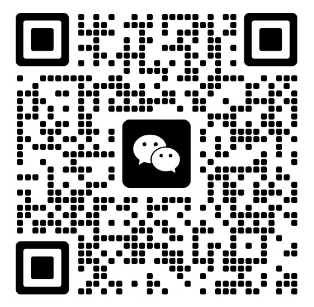Driving on the highway, speed and passion often make people excited, but behind this free ride, there are hidden "traps" of speed cameras. If you are not careful, speeding behavior may be captured by the electronic police, causing unnecessary trouble. Therefore, it is very important for every driver to understand the relevant knowledge of highway speed cameras.
Some experienced drivers may not take this seriously. They think that when facing a speed camera, they can easily deal with it by simply stepping on the brakes to slow down. However, can this approach really work 100%? Next, we will explore this issue in depth.
01 Highway speed measurement knowledge
▍ Speed camera distance range
Next, let's explore the effective shooting distance of highway speed cameras. This distance varies depending on the camera model, but generally speaking, the distance that speed cameras can capture is quite far. In addition, these cameras are also equipped with radar waves to assist in speed measurement, and their detection range is usually up to several hundred meters. However, even if radar waves can detect a longer distance, if the camera cannot capture it clearly, the speed measurement result will lose its meaning. Therefore, in practical applications, we usually take the effective distance of the speed camera as the standard.
In China, the commonly used lens models of radar speed cameras include 3.6 mm, 6 mm, 8 mm, 12 mm and 16 mm. Among the common speed cameras in China, the 16 mm lens has the longest shooting distance, up to 60 meters, and is at an angle of 17.1 degrees to the road. However, once encountering obstructions such as grass and isolation belts, or bad weather such as rain and fog, visibility will be seriously affected, and the visual range will naturally be greatly reduced.
▍ Speeding and reaction distance
If it is at night, visibility will be significantly reduced. Since highways usually do not have street lights, the road conditions ahead can only be observed by the range of the headlights. Under normal circumstances, the high beam illumination distance of a car is about 200 meters, which means that visibility at night is about limited to this. However, the shooting range of the camera is much smaller than this distance, and usually can only capture images within 60 meters.
If we take the example of speeding 10%, the maximum speed limit on the highway is 120Km/h, so when the speed reaches 132Km/h, it has exceeded the speed limit. For a family car, it usually takes about 39 to 44 meters to decelerate from 100Km/h to a stationary state. So, on the highway, if you want to decelerate from 132Km/h to 120Km/h, you need at least 8.4 meters. According to the explanation of "Traffic Engineering", before taking braking measures, the driver must first go through a reaction judgment process, which usually takes about 0.4 seconds. At the same time, it takes more than 0.3 seconds for the vehicle to produce obvious effects from the beginning of braking. When we find a suspected speed camera at a distance, it takes an average of about 2 seconds to make a reaction judgment. Taking these time factors into consideration, the whole process takes about 2.7 seconds. Therefore, if you brake hastily when you encounter a speed camera after exceeding the speed limit by 10%, even if you react normally or with a slight delay, you are likely to be caught by the camera for speeding.
02 Risks of speed measurement in different environments
▍ Nighttime and bad weather
According to the above calculations, if the weather is clear, we can clearly see objects 300 to 500 meters away. Once you confirm that there is a speed camera in front of you, you should immediately step on the brakes to slow down. The deceleration process takes about 100 meters, and the camera's shooting range is 60 meters. Therefore, it is appropriate to start braking and slowing down about 200 meters away.
If the weather is bad or there are obstructions on the road, the situation will be different. When driving at night, visibility is originally low, and the visibility of the high beam is limited to more than 200 meters. Considering the shooting range of the speed camera, as well as the slower reaction speed and increased deceleration distance at night, speeding at night is very easy to be caught.
▍ Urban roads and speed limits
In urban environments, the speed limit is usually set at 60 kilometers per hour, and 10% above the speed limit is 66 kilometers per hour. For a general family car, it takes about two meters to slow down from 66 kilometers per hour to 60 kilometers per hour, plus 2.7 seconds of reaction time, and the total distance is expected to be about 60 meters. Therefore, if you start to slow down at least 100 meters away from the speed camera, you may be able to successfully avoid the capture of the speed camera.
03 Safety Recommendations Summary
Editor's reminder: Car owners should try to avoid speeding. Complying with speed limits and using technical means to assist in adjusting driving speed can ensure driving safety. Speeding may not only endanger the safety of yourself and others, but may also cause discomfort to passengers in the car, and is also not good for the car itself. If you want to drive more safely on the highway, you may wish to turn on the cruise control function; if you do not use this function, you can also use the mobile navigation software, which usually provides speed reports to help you adjust the speed in time.


